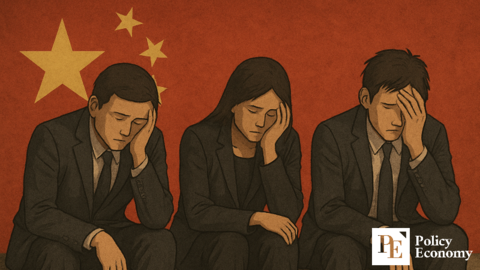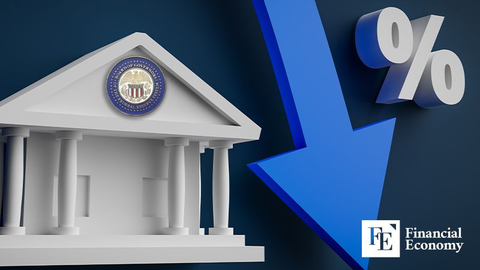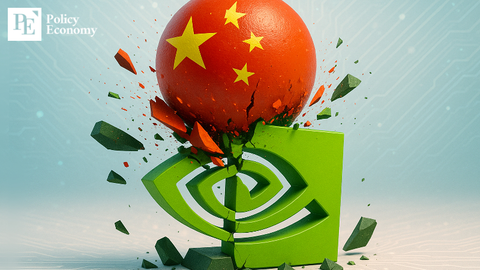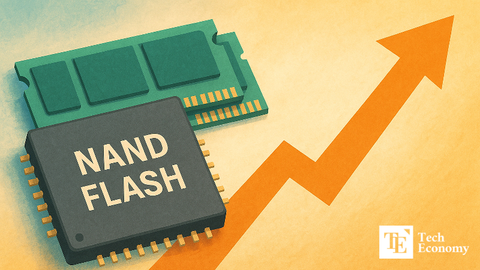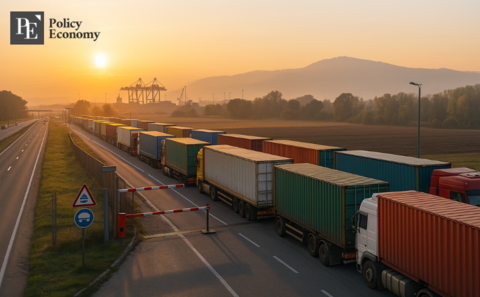Trump Blasts India Over Trade Talks: “25% Tariff Plus Penalties Imposed”
Input
Modified
“One of the Worst Trade Barriers, Barely Any Trade with the U.S.” “Most Military Purchases from Russia,” He Points Out Sharpest Tariff Yet Signals Possible Delay in Negotiations
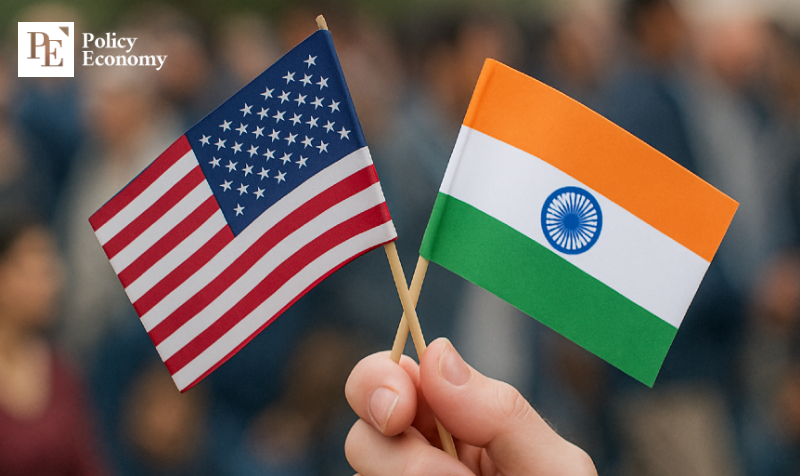
U.S. President Donald Trump announced that starting August 1, Indian imports would be subject to a 25% tariff along with additional punitive measures. While acknowledging India as a “friendly nation,” Trump cited high tariff rates, non-tariff barriers, and deep energy and military ties with Russia as reasons for the hardline stance.
Signals Collapse in Trade Talks with India
On the 30th (local time), Trump wrote on his social media platform Truth Social, “India is a friend, but its tariffs have been far too high and it has some of the worst trade barriers in the world, so there’s been very little trade with the United States.” He continued, “Moreover, India purchases most of its military equipment from Russia and is, along with China, one of the largest buyers of Russian energy.” Trump further stated, “At a time when the world is demanding that Russia stop killing in Ukraine, this is not a good thing,” adding, “For these reasons, India will face a 25% tariff and additional penalties (for its Russian arms and energy purchases) starting August 1.”
Trump reiterated in a separate post, “The August First deadline is the August First deadline,” emphasizing that the deadline would be firmly upheld and not extended. Trump has described August 1 as a “great day for America,” signaling strong intent not to defer tariff enforcement as he has done in past rounds.
On April 2, Trump had announced a plan to impose a 26% reciprocal tariff on India but delayed implementation in favor of several months of negotiations. According to the U.S. Trade Representative (USTR), India imposed an average tariff of 17% on American products last year, the highest among major economies. In contrast, the U.S. levied an average of just 3.3% on Indian goods. The U.S. also ran a $45.7 billion trade deficit in goods with India in the same period.
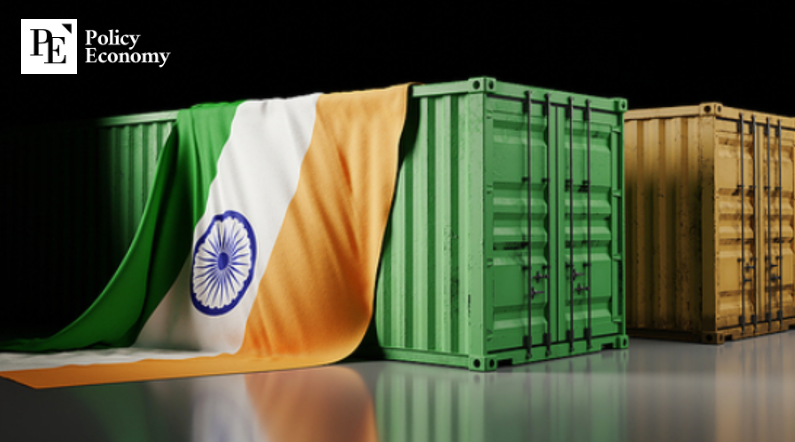
Emphasis on India as a Major Importer of Russian Arms and Energy
Recently, Trump has ramped up reciprocal tariff pressure on key trading partners, securing deals with the EU (15%), Japan (15%), the Philippines (19%), and Vietnam (20%). The 25% rate for India would exceed all these prior agreements. On June 28, USTR representative Jamieson Greer told CNBC, “The U.S. needs more time to assess whether India is genuinely willing to open its markets to U.S. exports.”
India moved quickly to engage in trade negotiations following Trump’s reciprocal tariff announcement, but unlike the U.K., EU, and Japan, it has failed to make meaningful progress. The fallout appears to be linked to souring ties between Trump and Russian President Vladimir Putin, who had previously discussed Ukraine mediation.
On July 14, Trump warned during a meeting with NATO Secretary-General Mark Rutte that unless a ceasefire agreement was reached within 50 days, he would impose “very strong tariffs” on Russia, potentially up to 100%, labeling them “second-tier tariffs.” On July 28, he again warned that countries importing Russian oil would face a 100% tariff within 10 to 12 days if Russia did not advance peace talks.
India’s Strategic Leverage as China Counterbalance
India, however, has remained notably unhurried. According to Reuters, one of the main sticking points in the U.S.-India talks has been agricultural market access. Reducing tariffs on American agricultural and dairy imports could threaten the livelihoods of a key support base for Prime Minister Narendra Modi’s government—farmers, who account for roughly 42% of India’s population.
Moreover, India’s Hindu religious values place the cow as sacred, making dairy imports highly restricted. For example, imported milk must come from grass-fed cows, as in India, with certification proving the same. With India unwilling to liberalize these politically sensitive sectors, the U.S. has reportedly refused India’s demand for lower tariffs on steel, aluminum, and automobiles. Indian Commerce Minister Piyush Goyal stated, “India does not conduct trade deals based on deadlines,” making clear that New Delhi would not rush an agreement under pressure.
India’s reluctance to accelerate talks, even with the tariff deadline looming, stems from its confidence that the U.S. recognizes its pivotal role in counterbalancing China in the Indo-Pacific. From Washington’s perspective, India is vital not only for military deterrence against China but also as a manufacturing alternative to Chinese supply chains. Within BRICS—a coalition of ten emerging economies including Brazil, Russia, India, and China—India is also vying with China for leadership.

